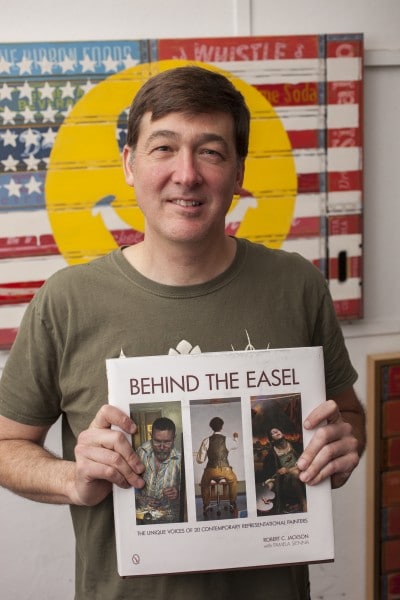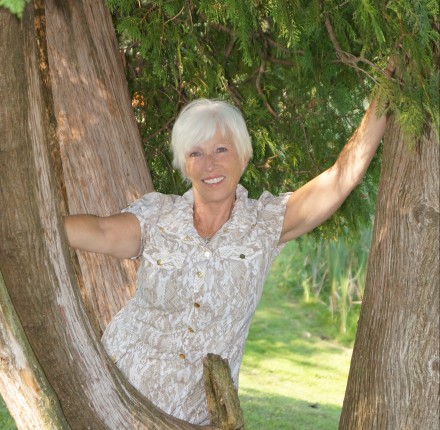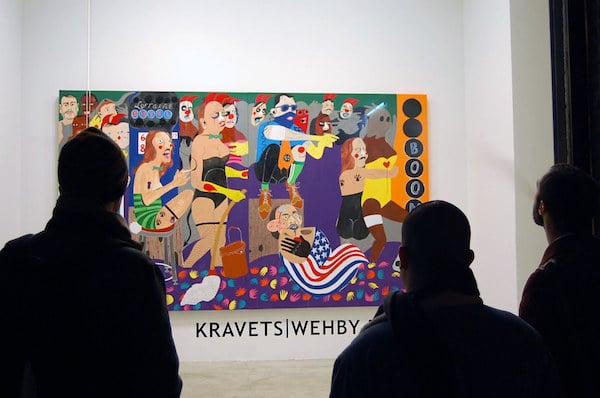Thriving artists have learned what it takes to succeed economically. That’s why CHF regularly reaches out to a group of well-established visual artists to get their answers to their peers’ most burning questions on the business of art. Today, we cover an issue that every working artist faces:
Q: How do you know when to raise prices?
Krystii Melaine: If your work is selling quickly, and there is a constant demand for new work, then it’s time to raise your prices. If you are exhibiting with artists of a comparable standard (of work and reputation) whose work is selling, and your work is priced lower than theirs, that could be one reason to raise your prices, but be very honest when comparing your work to that of others. Some say you should raise your prices by a set percentage every year to keep up with inflation. Others say it’s good to be underpriced relative to the quality of your work so that you build a dedicated collector base, and sell out your exhibitions. You may find ways to create each piece more quickly, so that your prices (and quality!) remain the same, while improving your hourly rate. In any case, raise your prices slowly and steadily, not in huge jumps, and if you have older work in galleries that’s listed at lower prices, consider raising those too so that there is consistency. (KrystiiMelaine.com)

Jennie Ottinger: There are so many variables that it’s almost impossible to make comparisons. Once you go up, you can’t come back down, so move slowly. If you get a museum show or another high-profile exhibition, you can move prices up. If you are with a gallery, they can provide guidance. (jennieottinger.com)
Bart Walter: Pricing is one of the most difficult issues for any artist, and raising prices is something that should be approached with caution. In the art world, you can raise prices, but the price of your work should never go down in any sort of significant manner. You should always focus on building your long-term career. Short-term profits are only good if they do not compromise the future of your business. If you look around at other artists doing comparable work, and all their pricing is higher than yours, then perhaps you should slowly begin to raise the cost of acquiring your artwork. Remember to look and see if those other artists have had solo exhibitions at art museums, and if they have had works in truly important public and private collections; be honest with yourself about whether your work is comparable—not only with regard to artistic merit, but also reputation. (BartWalter.com)

Robert C. Jackson: Raise prices when you are selling out—or mostly selling out—at your present prices! It’s not a bad idea to bump up your prices a little every year, but big bumps come from a lack of supply. It’s also a continual dialogue with the galleries (e.g., do they think they can handle a price increase, etc.). I feel it out all the time. (RobertCJackson.com)
P.A. Nisbet: You raise prices as you mature in the art business. Prices should be raised gradually, never dramatically. Protecting your price structure is a primary responsibility of the artist. Do not be tempted to raise prices if you experience large, short-term successes. This is a game of the tortoise and the hare. The slow-and-steady increase always outlasts the fast burners. (PANisbet.com)

Philip Koch: Don’t raise them too fast. It is far easier to sell art that is low-priced. Art dealers who cater to first-time buyers often want to keep one’s work at low entry-level prices longer than the artist would like. What’s important is that an artist take the long view and plan on being active in the studio for years. Over time, an artist should raise her or his prices gradually, regardless of whether the work is selling well or poorly. It’s a way of saying to the world that you value your talent and what you’ve accomplished. In the beginning, a good rule of thumb is to look around and study the prices of other artists who are doing work similar to yours, and who have been actively working for about the same length of time. Put your prices somewhere in the middle of that group of artists, then raise them gradually. It’s a mistake to lower one’s prices when a recession hits. On the other hand, if your prices dramatically outstrip those of artists with similar levels of experience and recognition, you are skating on thin ice. (PhilipKoch.org)

Jane Robinson: When my work is consistently selling at my current prices and/or being sold by online (or off-line) galleries at higher prices, where they receive a 50% commission, I know it’s time to raise my prices. I usually raise the prices on my larger works every year. If someone feels they cannot afford my larger works, they have the option of buying a smaller piece. I raise my prices in small increments to avoid “sticker shock.” (JaneRobinsonAbstractArt.com)
Rebecca Mundy: What the market will bear. If you’re selling a lot, raise your prices. If you’re not selling, re-consider your price structure. That’s before you become a “brand.” Once you become a national brand, you cannot lower your prices. (CWMundy.com)







